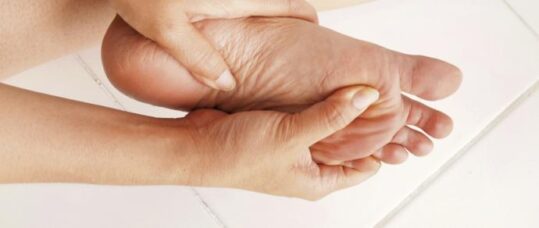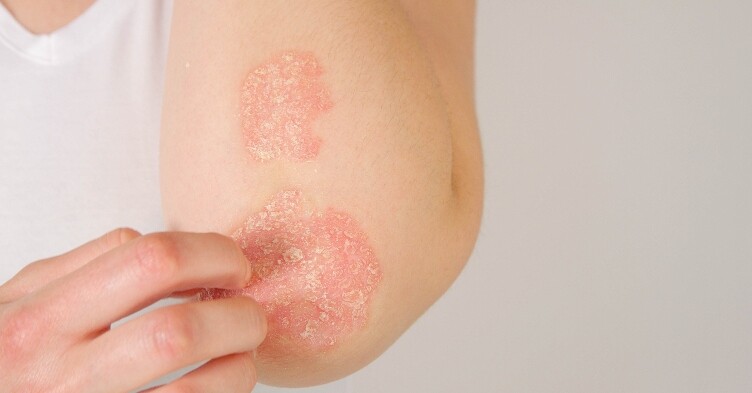Blog: Improving footcare in the New Year

Like most men I do my Christmas shopping at the last minute. What I notice every December is that many shops promote the sale of those devices for removing hard skin from the feet. Many well-meaning people often buy their friends and relatives one of these devices as a Christmas present. Our team always see a rise of cases in January where patients with diabetic feet have been bought one of these devices and they have caused severe damage to their feet. Due to diabetic neuropathy, these patients will use the device and not realise how much skin and tissue they have removed due to the lack of sensation they have in the feet.
Related Article: Call for regulatory guidelines as NHS adopts AI in dermatology care
The feet are an overlooked part of our anatomy and take a considerable pounding during our lifetime. The feet are also overlooked in terms of the personal care we provide to patients as nurses. I constantly see patients who are admitted to hospital with toe nails that would make a farrier frown. Our trust has nursing guidance for care of the feet and the cutting of toe nails, but very little work has focused on promoting personal self-care of the feet among patients. Personal self-care of the feet involves three things. Firstly, how to take toe clippings safely. Secondly, how to wash and moisturise the feet, taking care to observe for cracks and signs of fungal infection. Thirdly, knowledge about correct footwear. I know that we have podiatrists who we can refer to for advice, but nurses have an important role to play in terms of first line treatment for uncomplicated foot care. In the United States foot care is taken seriously and patients are often seen by a foot care nurse. Only patients with complex foot care needs are referred to a podiatrist.
Related Article: Abdominal body fat is a higher risk for developing psoriasis
As a new years resolution, I intend to look at what work we can do as a tissue viability team to promote good foot care. As well as promoting a sense of wellbeing for patients, good foot care is a patient safety issue. How many patients do we see that wear ill fitting shoes that have contributed to falls? How many patients slip on the ice in January and find themselves admitted to an orthopaedic ward following a fractured hip? How many patients develop recurrent leg cellulitis and how many are admitted to hospital due to untreated athletes foot infection.
Related Article: CPD: Case by case – acute and emergency dermatology presentations
As a final comment, can you remember all those shops where you could pay to put their feet in a tank of water and fish would nibble off all the dead skin? They seem to have come and gone like some fad. I am not sure why those shops have disappeared, but I felt sorry for those poor fish. It looked all very unhygienic and wrong at the time.

See how our symptom tool can help you make better sense of patient presentations
Click here to search a symptom


The feet are also overlooked in terms of the personal care we provide to patients as nurses. I constantly see patients who are admitted to hospital with toe nails that would make a farrier frown.



